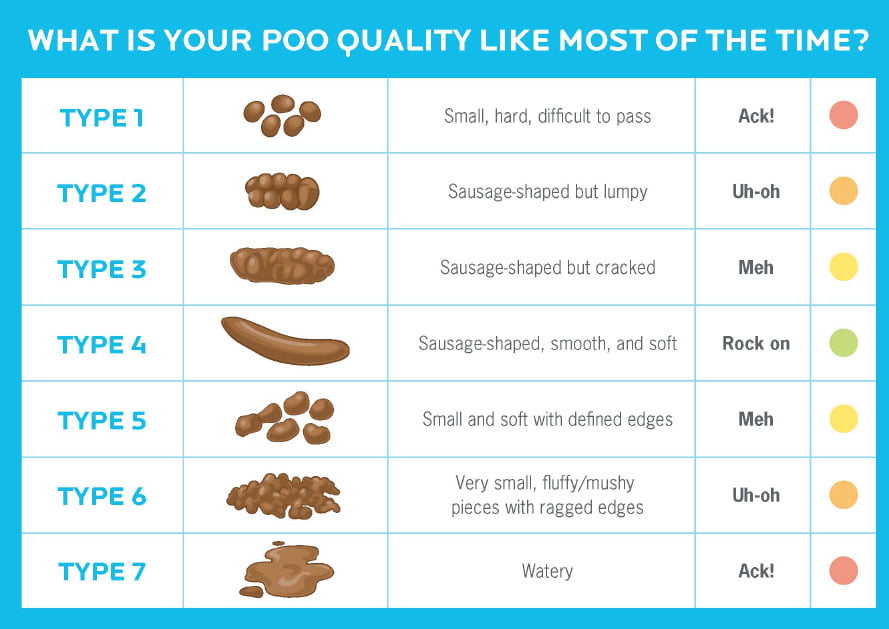Conquering constipation: should you worry if your child is ‘backed up’?
Constipation and some common symptoms to look out for in children
Constipation is a very common problem. The symptoms can be both uncomfortable and difficult to resolve, but there are ways that you may have been able fight this before it even starts. Contents of the intestine and colon become hard and dry, making them more difficult to pass. For children, this can be a particular problem since their intestines are relatively smaller. When constipation occurs, it can lead to discomfort, abdominal pain, bloating, and an inability to pass gas. In severe cases, it can even cause vomiting. If your child is experience any of these symptoms, it’s important to consult a doctor to rule out any underlying medical conditions. Some simple lifestyle changes, such as increasing fiber intake and encouraging fluids can often help to relieve constipation.
Causes of constipation in children
Constipation in children is often the result of a diet that is low in fiber and high in processed foods. For example, many kids consume a lot of sugary drinks and snacks, which can lead to dehydration and hard stools. In addition, some medications can cause constipation, as can a lack of physical activity. Fortunately, there are several things that parents can do to help relieve their child’s constipation.
Check your childs poo- what does it tell
There’s more to poo than meets the eye. In fact, your stool can tell you about your health.
- Tiny hard lumps- this indicates that your child has severe constipation
- Sausage –shaped poo- if its hard and lumpy or has cracks, the kid has constipation
- Soft sausage- this is the ideal poo , a soft and smooth sausage
- Soft blobs- this might indicate signs of diarrhea , but if the kid is fine it may be sometimes due to excess intake of fiber or laxative can cause this.
- Loose liquidy stool- this is a proper sign of diarrhea
Poo is also classified by color. Normal stool is typically light to dark brown. However, changes in diet or certain medications can cause changes in stool color. For example, green stool can indicate that you have been eating lots of leafy greens or taking iron supplements. Black stool can indicate more serious conditions like rectal bleeding or an ulcer. If you notice any changes in your stool color, it’s important to talk to your doctor to rule out any serious health concerns.

When to worry if your child is ‘backed up’
As a parent, it’s only natural to worry when your child isn’t having regular bowel movements. However, it’s important to remember that every child is different and there is no “normal” when it comes to bowel habits. Some children may poop several times a day while others may only go once a week. As long as your child is maintaining a healthy weight and isn’t experiencing any pain or discomfort, there’s no need to worry.
There are a few signs that may indicate that your child is constipated, however. If they are straining or having trouble passing stool, if their stool is hard and dry, or if they are having fewer than three bowel movements per week, then it’s time to talk to your doctor. They may recommend adding more fiber to your child’s diet or trying a gentle laxative. In most cases, constipation is easily treated and not cause for concern.
Tips for preventing constipation in children
Nobody likes to talk about constipation, but it’s a common issue for children, especially when they switch from breast milk or formula to solid foods. There are a few things you can do to help prevent constipation in your child. First, make sure they’re drinking plenty of fluids throughout the day. Water is always a good choice, but well-cooked and cooled fruits and vegetables can also help add moisture to their stool. Second, include plenty of fiber-rich foods in their diet, such as whole grains, beans, and fresh fruits and vegetables. And finally, encourage them to stay active – physical activity helps keep their digestive system moving. By following these tips, you can help your child stay regular and avoid the uncomfortable symptoms of constipation.
Continence nurses can help in treating child constipation
When a child presents with constipation, the continence nurse will undertake a continence assessment. This involves taking a detailed history of the child’s bowel habits, diet and social circumstances. A physical examination will also be conducted. Once the assessment is complete, the continence nurse will work with the child and their family to develop a toilet training plan. This plan may involve changes to the child’s diet, the use of laxatives or enemas, and behavioural interventions such as toilet sitting times. The continence nurse will provide ongoing support to the child and their family until the constipation has resolved.



